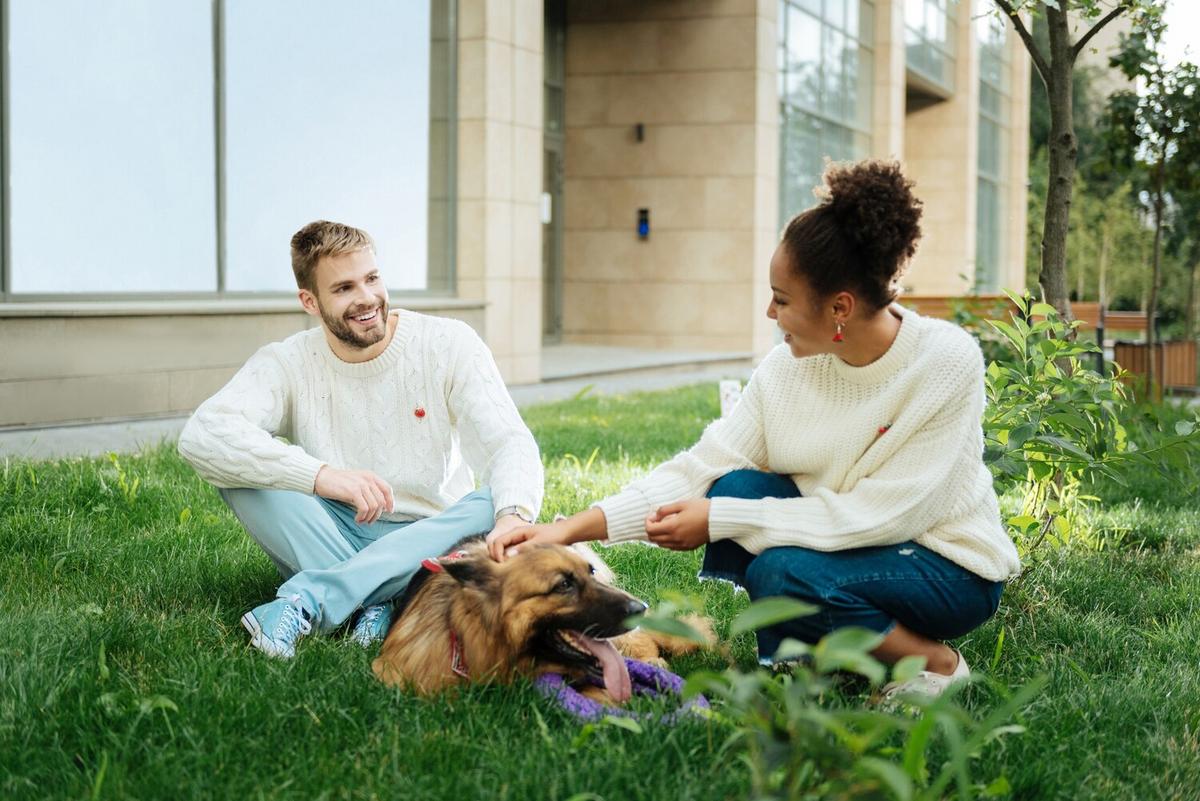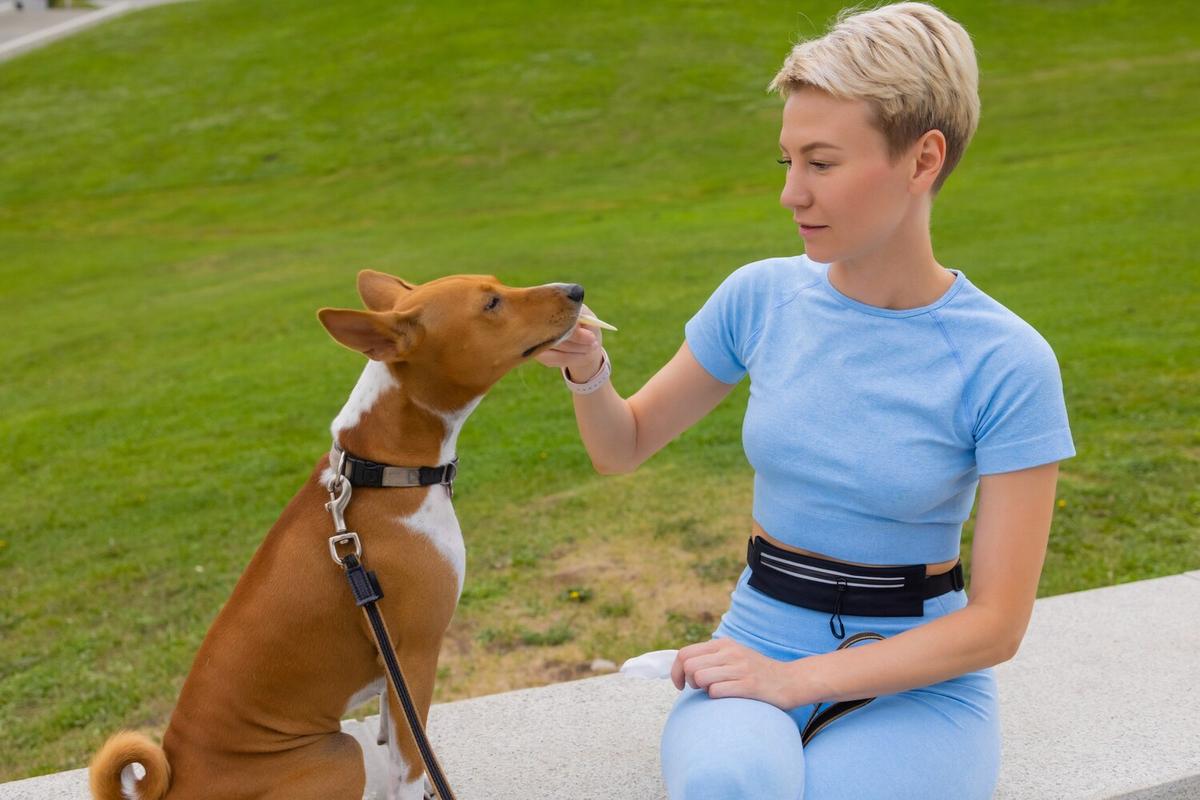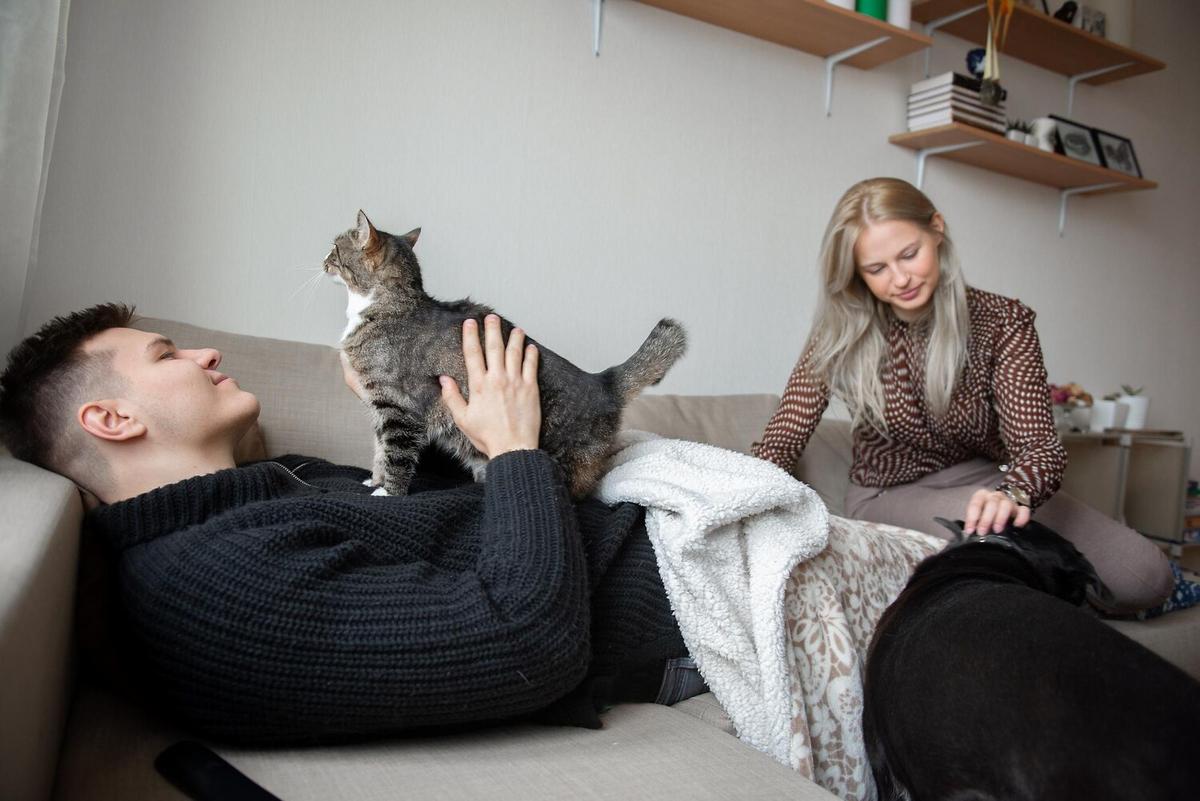
Socialization 101: Helping Your Dog Make Friends
Dogs, much like humans, thrive in social settings, and helping your furry friend make new pals can greatly enhance their happiness and well-being.
Understanding Canine Socialization
Socialization is a critical aspect of a dog’s development. It involves exposing them to a variety of environments, people, and other animals to foster their adaptability and reduce anxiety. According to canine behaviorists, early socialization can prevent behavioral issues and encourage a well-adjusted pet.
Why Socialization Matters
Research suggests that dogs who are well-socialized are less likely to experience fear and aggression. A study by the University of California found that dogs introduced to diverse experiences at a young age tend to be more confident and less anxious. Additionally, socialization can improve a dog’s ability to communicate with others, reducing the likelihood of conflicts.
Step-by-Step Guide to Socializing Your Dog
- Start Early: Puppies are most receptive to new experiences between 3 to 14 weeks of age. However, adult dogs can also benefit from socialization with patience and consistency.
- Introduce Gradually: Begin with slow introductions to new people and pets. Short, positive interactions are key.
- Use Positive Reinforcement: Reward your dog with treats and praise when they respond calmly in social settings.
- Attend Training Classes: Group classes provide a controlled environment for dogs to interact with others.
- Visit Dog Parks: These are great spaces for dogs to play and learn social cues from their peers.
Expert Opinions
“Socialization is not just about exposure, but about creating positive experiences,” says a renowned dog trainer. “It’s about making sure your dog feels safe and confident in various situations.”
Personal Experience
When I first adopted my dog, Rex, he was timid and reluctant to socialize. By gradually introducing him to different environments and rewarding his calm behavior, Rex transformed into a sociable and happy dog. This experience taught me the value of patience and consistency in socialization.
Comparison Table: Socialization Techniques
| Technique | Benefits | Challenges |
|---|---|---|
| Training Classes | Controlled environment, expert guidance | Cost, time commitment |
| Dog Parks | Free play, diverse interactions | Unpredictable encounters |
| Home Playdates | Familiar setting, controlled group | Limited exposure |
| Neighborhood Walks | Familiarization with local environment | Limited dog interactions |
| Pet-Friendly Events | Exposure to crowds, various stimuli | Overwhelming for some dogs |
| Veterinary Visits | Acclimatization to medical settings | Potential stress |
| Travel Outings | Adaptability to new environments | Logistics and safety |
| Social Media Groups | Tips and community support | Varied advice quality |
Frequently Asked Questions
How can I tell if my dog is well-socialized?
A well-socialized dog is usually calm around new people and animals, responds positively to new experiences, and recovers quickly from stressful situations.
What if my dog is too aggressive?
Consult with a professional dog trainer or behaviorist to address specific behavioral issues. They can provide tailored advice and training techniques.
Conclusion
Helping your dog make friends is a rewarding journey that requires patience and persistence. By following the steps outlined and remaining attentive to your dog’s needs, you can foster a fulfilling social life for your furry companion. Remember, a well-socialized dog is a happy dog. Take the first step today and watch your pet blossom in confidence and joy.


